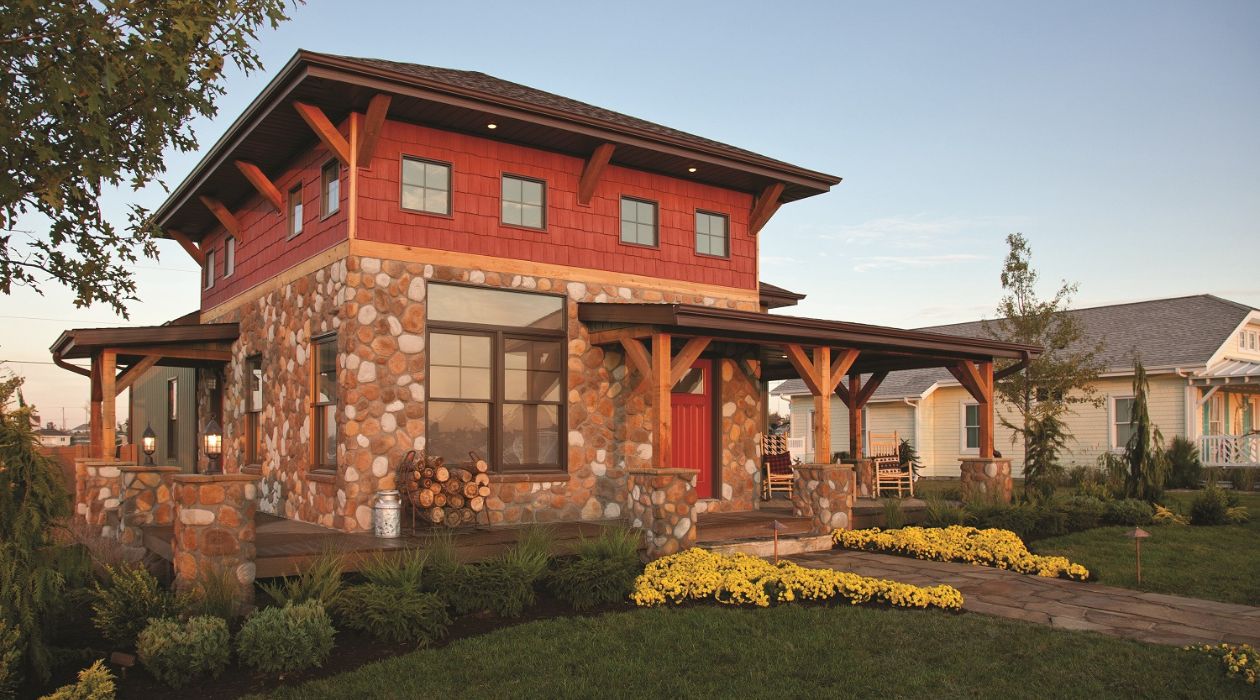

Articles
Real-Home Makeover: Home Addition
Modified: January 19, 2024
Discover creative ideas and practical tips on home addition projects in our insightful articles. Enhance your living space with a real-home makeover!
(Many of the links in this article redirect to a specific reviewed product. Your purchase of these products through affiliate links helps to generate commission for Storables.com, at no extra cost. Learn more)
Introduction
Welcome to the world of home makeovers! If you’ve been dreaming of expanding your living space and adding value to your home, a home addition might be just what you need. Whether you’re looking to create a new bedroom, a functional home office, or a spacious entertainment area, a well-designed and executed home addition can transform your house into the home of your dreams.
In this comprehensive guide, we’ll walk you through the process of planning, budgeting, and executing a successful home addition project. From assessing the need for an addition to selecting materials and managing the construction process, you’ll gain insights and tips to ensure your project runs smoothly and achieves your desired results.
Before diving into the nitty-gritty details, it’s essential to understand that embarking on a home addition project is a significant investment. It requires careful planning, decision-making, and expert execution. However, the rewards can be substantial, both in terms of enhancing your living space and increasing the value of your property.
Whether you’re a DIY enthusiast or prefer to hire professionals, this guide will provide you with the necessary knowledge to make informed decisions throughout every step of the journey. So, let’s get started on your real-home makeover with a dazzling home addition that will capture your vision and exceed your expectations.
Key Takeaways:
- Planning and executing a successful home addition involves careful assessment of needs, realistic budgeting, hiring the right professionals, obtaining permits, and managing the construction process to create a space that enhances lifestyle and property value.
- Furnishing and decorating your newly completed home addition is a personal expression of style and functionality, requiring thoughtful consideration of layout, lighting, color scheme, textures, and storage solutions to create a space that feels like home.
Read more: Sunrooms Ideas: Seamless Exterior Additions
Assessing the Need for a Home Addition
Before diving headfirst into a home addition project, it’s crucial to assess your needs and determine if an addition is the right solution for you. Here are a few factors to consider:
- Spatial requirements: Evaluate your current living space and determine if it’s meeting your needs. Do you find yourself constantly running out of space or feeling cramped? If so, a home addition can provide the extra square footage you need to accommodate your lifestyle.
- Functionality: Identify specific functionality issues that a home addition can address. Are you in desperate need of a home office? Do you dream of having a dedicated space for entertaining guests? Assess these needs to determine the type and size of the addition you’ll require.
- Financial feasibility: Consider your budget and financial resources. Home additions can be a significant investment, so it’s important to determine if it aligns with your financial goals and capabilities.
- Neighborhood and property values: Research the real estate market in your area. Will a home addition align with the neighborhood and add value to your property? Consider the long-term implications and potential return on investment.
Once you have assessed your needs and determined that a home addition is the right solution, it’s time to move forward with planning and budgeting. By carefully considering your requirements and financial situation, you can ensure that your home addition project will be a worthwhile endeavor that enhances both your living space and your property value.
Setting a Budget for Your Home Addition
Setting a budget is a crucial step in the home addition process. It allows you to define your financial boundaries and make informed decisions throughout the project. Here’s how you can establish a realistic budget:
- Evaluate your finances: Take a comprehensive look at your financial situation. Assess your savings, income, and any financing options available to you. Determine how much you can comfortably allocate towards your home addition project.
- Research the costs: Get an idea of the average costs associated with home additions in your area. Factors such as labor, materials, permits, and architectural fees can vary, so it’s important to research local price ranges and allocate accordingly.
- Consult professionals: Engage with contractors, architects, and other professionals to discuss your project and get cost estimates. Their expertise will help you understand potential expenses and provide guidance on where you can save or splurge.
- Account for contingencies: It’s wise to set aside a contingency fund for unforeseen expenses that may arise during the construction process. A general rule of thumb is to reserve at least 10% of your budget for contingencies.
- Consider lifecycle costs: While it’s essential to focus on upfront costs, also take into account the long-term expenses associated with your home addition. This includes maintenance, utilities, and potential increased property taxes.
- Be realistic: It’s crucial to set a budget that is realistic and aligns with your resources. Avoid overextending yourself financially, as it could lead to unnecessary stress and compromise the overall success of your project.
By carefully considering your financial situation, researching costs, and seeking professional advice, you can establish a budget that allows you to create the home addition of your dreams while staying within your financial means. Remember, a well-planned and executed project will ultimately provide a valuable return on your investment.
Hiring a Contractor for Your Home Addition Project
When it comes to a home addition project, hiring a contractor is a crucial step that can greatly impact the success of your project. Here are some guidelines to help you find the right contractor:
- Research and gather referrals: Start by researching local contractors who specialize in home additions. Ask friends, family, and neighbors for recommendations and gather a list of potential candidates.
- Check credentials and experience: Verify that the contractors you are considering are licensed, insured, and have the necessary certifications to perform the work. Additionally, review their portfolios to assess the quality of their past projects.
- Interview multiple contractors: Schedule consultations with at least three contractors to discuss your project in detail. Ask questions about their experience, process, and timeline. This will allow you to gauge their professionalism and communication style.
- Request detailed proposals: Ask each contractor for a detailed proposal that outlines the scope of work, materials to be used, and a breakdown of costs. This will help you compare and evaluate each contractor’s offerings.
- Check references: Ask for references from past clients and take the time to reach out to them. Inquire about their experience working with the contractor, the quality of the work, and whether they would recommend the contractor.
- Review contracts carefully: Once you’ve selected a contractor, read through the contract thoroughly before signing. Ensure that all important details including project timeline, payment schedule, and warranties are clearly outlined.
- Communication and rapport: Pay attention to how well you communicate with the contractor during the selection process. A good rapport and open communication are essential for a successful working relationship.
Remember, choosing the right contractor is vital to the success of your home addition project. Take the time to research, interview, and evaluate potential candidates to ensure that you find a contractor who understands your vision, delivers quality work, and provides a smooth project experience.
Obtaining Permits and Approvals
Before you can begin construction on your home addition project, it’s essential to obtain the necessary permits and approvals from the local authorities. Here are the key steps to follow:
- Research local regulations: Start by understanding the specific building codes and regulations in your area. Each jurisdiction has its own requirements, so it’s crucial to familiarize yourself with the rules that govern your home addition project.
- Identify permit requirements: Determine the types of permits you need to obtain for your project. This may include building permits, electrical permits, plumbing permits, and more. Consult with your local building department to understand the specific requirements.
- Engage with professionals: Seek guidance from your contractor or architect regarding the permit process. They have experience navigating the local regulations and can help ensure that your plans meet the necessary requirements.
- Prepare necessary documents: Compile all the required documents for your permit application. This typically includes architectural plans, engineering drawings, specifications, and any other relevant documentation requested by the building department.
- Submit your application: Once you have all the necessary documents, submit your application to the local building department. Be sure to include any required fees along with your application.
- Address any concerns or corrections: In some cases, the building department may require modifications or clarification of your plans. Be prepared to address these concerns promptly to avoid delays in the permit approval process.
- Receive approval: After your application is reviewed and all requirements are met, you will receive approval for your permits. This serves as official authorization to proceed with your home addition project.
It’s crucial to note that starting construction without the necessary permits can result in significant fines, delays, and even having to undo completed work. Avoid these complications by diligently obtaining all the required permits and approvals before commencing your home addition project. By doing so, you can have peace of mind, knowing that your project is in compliance with local regulations and built to the highest standards.
Read more: Real-Home Makeover: Ranch Home Redo
Designing and Planning Your Home Addition
Designing and planning your home addition is an exciting and critical phase of the project. It sets the foundation for the entire construction process and ensures that your vision becomes a reality. Here are some key steps to consider:
- Define your objectives: Clearly articulate your goals and objectives for your home addition. Consider factors such as the desired functionality, aesthetics, and how it will integrate with your existing home.
- Work with an architect or designer: Collaborate with an architect or designer to create detailed plans for your home addition. Their expertise and creativity will help translate your ideas into a functional and visually appealing design.
- Consider the architectural style: Choose an architectural style that complements the existing structure of your home. This will ensure a cohesive and harmonious appearance, both inside and outside.
- Assess structural requirements: Determine if any structural modifications or reinforcements are necessary for your home addition. Consult with professionals to evaluate the load-bearing capacity and integrity of your existing structure.
- Optimize natural light and ventilation: Design your home addition to maximize natural light and airflow. Incorporate large windows, skylights, and strategically placed openings to create a bright and comfortable living space.
- Choose materials wisely: Select materials that are not only aesthetically pleasing but also durable and suitable for your specific project. Consider factors such as maintenance requirements, energy efficiency, and the overall aesthetic impact.
- Prepare a detailed timeline: Collaborate with your contractor to establish a realistic timeline for the project. This will help you manage expectations and ensure that the construction process stays on track.
- Research and plan for necessary utilities: Determine the impact of your home addition on existing utilities such as plumbing, electrical, and HVAC systems. Make plans to modify or extend these systems as needed to accommodate the new space.
- Budget for finishes and furnishings: Allocate a portion of your budget for finishes and furnishings to ensure that the completed home addition reflects your desired style and functionality.
- Consider sustainability: Take eco-friendly practices into account during the planning phase. Incorporate energy-efficient systems, utilize sustainable materials, and implement water-saving measures to lower your environmental impact.
Designing and planning your home addition is a collaborative process involving professionals, contractors, and yourself. By investing time and effort into this phase, you can ensure that your home addition meets your needs, aligns with your vision, and becomes a seamless extension of your existing home.
When planning a home addition, consider the flow of your existing space and how the new addition will integrate with it. It’s important to maintain a cohesive design and functionality throughout the entire home.
Construction and Building Process for Your Home Addition
The construction and building process is where your home addition starts to take shape. It’s a complex and exciting phase that requires careful coordination, attention to detail, and effective communication. Here’s an overview of the steps involved:
- Preparation: Before breaking ground, your contractor will prepare the site by clearing any obstacles, grading the land, and setting up temporary structures, if necessary.
- Foundation and framing: The construction of your home addition begins with the foundation work, followed by the framing of the walls, floors, and roof. This is when you start to see the basic structure taking form.
- Roofing and exterior: Once the framing is complete, the roofing installation and exterior finishes, such as siding or brickwork, are done. This protects the structure from the elements and gives it a polished appearance.
- Interior rough-ins: The rough-in phase involves installing the necessary systems, including electrical wiring, plumbing, heating, and cooling. It’s important to ensure that these systems are carefully planned and installed to support the functionality of your home addition.
- Insulation and drywall: Insulation is added to ensure energy efficiency and soundproofing. Afterward, drywall is installed to create the interior walls and ceilings, providing a blank canvas for the next steps.
- Finishing touches: This phase includes installing flooring, trim, doors, and windows. It’s when your home addition starts to take on its final appearance and character.
- Painting and finishes: The interior is painted or wallpapered, and all the finishing touches, such as installing fixtures, cabinets, and countertops, are completed.
- Final inspections: Before you can move into your new home addition, it must pass a series of inspections to ensure it complies with building codes and regulations.
- Cleaning and landscaping: Once your home addition has received approval, it’s time for a thorough cleaning. Landscaping is also done to enhance the exterior appearance and seamlessly blend the new addition with your existing property.
- Move-in and enjoy: Finally, it’s time to move in and start enjoying your newly expanded living space. Furnish and decorate your home addition to make it feel like a comfortable and inviting part of your home.
Throughout the construction process, maintain open lines of communication with your contractor and regularly monitor progress. This will help address any issues promptly and ensure that your home addition is built to your satisfaction.
Choosing Materials and Finishes for Your Home Addition
Choosing the right materials and finishes for your home addition is essential to achieve the desired aesthetic and functionality. Here are some factors to consider when making your selections:
- Coherence with existing architecture: Select materials and finishes that harmonize with the existing architecture of your home. This ensures a cohesive and unified look.
- Durability and longevity: Opt for materials that are durable and able to withstand the test of time. Consider factors such as resistance to wear and tear, weather conditions, and maintenance requirements.
- Budget constraints: Determine the budget you have allocated for materials and finishes. Research and compare prices to find options that meet your aesthetic preferences and fit within your financial constraints.
- Functionality: Consider the intended use of the space when choosing materials. For example, select flooring that is suitable for high traffic areas, and countertops that can withstand heat and moisture in the kitchen or bathroom.
- Aesthetic appeal: Take into account your personal style and preferences when selecting materials and finishes. Consider elements such as color, texture, and patterns to create the desired ambiance and visual impact.
- Eco-friendliness: If sustainability is important to you, consider eco-friendly materials and finishes. Look for options made from recycled materials or those that have low environmental impact.
- Energy efficiency: Choose materials and finishes that contribute to energy efficiency. This includes insulation, windows, and doors that minimize heat transfer and reduce energy consumption.
- Consider future maintenance: Evaluate the level of maintenance required for the materials and finishes you choose. Determine if you are willing to invest time and resources into maintaining them or if low-maintenance options are preferable.
- Seek professional advice: Consult with your contractor, architect, or interior designer for their expertise and recommendations. They can provide insights into the best materials and finishes based on your project’s specific needs.
- Sampling and testing: Before making final decisions, obtain samples or swatches of materials to visualize how they will look in your home. Additionally, test the durability and functionality of materials whenever possible.
By carefully considering these factors and consulting with professionals, you can select materials and finishes for your home addition that enhance both the aesthetics and functionality of your space. Remember to strike a balance between your style preferences, budget, and the practical requirements of the project.
Managing the Timeline and Schedule of Your Home Addition Project
Managing the timeline and schedule of your home addition project is crucial to ensure that the construction process runs smoothly and efficiently. Here are some tips to help you effectively manage and stay on track:
- Create a detailed project plan: Develop a comprehensive project plan that includes all the necessary tasks, deadlines, and milestones. Break down the project into smaller phases to make it more manageable.
- Establish realistic timelines: Work with your contractor to establish realistic timelines for each phase of the project. Consider factors such as weather conditions, availability of materials, and any potential delays that may arise.
- Regularly communicate with your contractor: Maintain open lines of communication with your contractor throughout the project. Regularly touch base to discuss progress, address any concerns, and ensure everyone is on the same page.
- Monitor the progress: Keep a close eye on the progress of the construction. Schedule regular site visits to inspect the work and ensure it aligns with your expectations and the established timeline.
- Adapt to unforeseen circumstances: Be prepared for unexpected delays or challenges that may arise during the construction process. Flexibility is key in managing the timeline effectively.
- Coordinate subcontractors: If various subcontractors are involved in your project, ensure that they are scheduled appropriately and coordinate their work to avoid conflicts and delays.
- Order materials in advance: Plan ahead and order materials in a timely manner to avoid delays caused by backorders or long lead times. Communicate with your contractor to determine the optimal timing for material procurement.
- Manage budget and resources: Regularly update your budget to ensure that it aligns with the progress of the project. Monitor expenses and make adjustments as necessary to keep the project within the agreed-upon financial boundaries.
- Stay organized: Keep all project-related documents, permits, and contracts organized and easily accessible. This will streamline the decision-making process and help you stay on top of important details.
- Celebrate milestones: Celebrate major milestones and achievements throughout the project to keep morale high and maintain motivation. It’s a great way to acknowledge progress and appreciate the hard work put into the home addition.
By effectively managing the timeline and schedule of your home addition project, you can minimize delays, stay within budget, and ensure that the construction is completed in a timely manner. This will help you enjoy your newly expanded living space sooner and with fewer disruptions to your daily life.
Inspections and Finalizing Your Home Addition
As your home addition construction nears completion, it’s important to undergo inspections and finalize the project to ensure that everything is up to code and meets your expectations. Here are the key steps to follow:
- Scheduling inspections: Coordinate with your local building department to schedule the necessary inspections at different stages of the construction process. These inspections ensure compliance with building codes and regulations.
- Inspection process: During inspections, a qualified inspector will evaluate various aspects of the construction, including electrical, plumbing, structural integrity, and overall safety. Be prepared for any potential corrections or modifications based on the inspector’s recommendations.
- Addressing corrections: If corrections or modifications are needed after inspections, work with your contractor to promptly address them. Make sure the necessary adjustments are made to comply with the building department’s requirements.
- Final walkthrough: Once all inspections are successfully completed and any necessary corrections are made, have a final walkthrough with your contractor. Inspect the entire home addition to ensure that all aspects of the construction meet your expectations.
- Paperwork and documentation: Obtain the necessary paperwork and documentation, such as permits, certificates of occupancy, warranties, and any other relevant documentation, from your contractor. Keep these documents organized and easily accessible for future reference.
- Finalize payments: Ensure that all outstanding payments are settled with your contractor before officially closing out the project. Review all invoices and receipts to verify the accuracy of the charges.
- Insurance and warranty: Update your homeowner’s insurance to include coverage for your newly completed home addition. Also, be aware of any warranties that come with the materials or workmanship and keep them in a safe place for future reference.
- Clean and organize: Before moving your furniture and belongings into the home addition, thoroughly clean and organize the space. This will allow you to start fresh in your newly completed and polished living area.
- Decorate and furnish: Once the essentials are taken care of, have fun decorating and furnishing your home addition. Personalize the space to reflect your style and create a warm and inviting atmosphere.
- Enjoy your new space: Finally, take the time to appreciate and enjoy your newly completed home addition. Host gatherings, relax, and make lasting memories in your expanded and improved living space.
By following these steps, you can ensure that your home addition is thoroughly inspected, complies with regulations, and meets your expectations. Taking the time to finalize the project properly will allow you to fully enjoy and make the most of your new living area.
Furnishing and Decorating Your Home Addition
Now that your home addition is complete, it’s time to bring it to life with furnishings and decorations that reflect your style and enhance the functionality of the space. Here are some tips to help you furnish and decorate your home addition:
- Layout and flow: Consider the layout and flow of the space when arranging furniture. Aim for a balance between functionality and aesthetics, ensuring that the furniture placement allows for easy movement and access.
- Scale and proportion: Choose furniture pieces that are proportionate to the size of the room. Oversized furniture can make a smaller space feel cramped while undersized furniture can diminish the visual impact in a larger room.
- Choose versatile pieces: Opt for furniture that serves multiple purposes. This is especially important in spaces like multi-function rooms or small home offices, where flexibility is essential.
- Lighting: Consider the lighting needs of your home addition and select a combination of ambient, task, and accent lighting to create the desired ambiance. Install fixtures that complement the overall style and add visual interest.
- Color scheme: Choose a color scheme that complements both the existing structure and your personal style. Use a combination of colors to create visual interest and balance in the space.
- Textures and patterns: Incorporate different textures and patterns in textiles, such as rugs, curtains, and pillows, to add depth and visual appeal. Mix and match fabrics to create a harmonious and inviting environment.
- Window treatments: Consider the privacy and light control needs of your home addition when selecting window treatments. Choose options that enhance the overall aesthetic while providing functionality.
- Art and accessories: Personalize your home addition with art, décor items, and accessories that reflect your taste and personality. Display meaningful items or create thematic vignettes that add character to the space.
- Storage solutions: Incorporate functional storage solutions to keep your home addition organized and clutter-free. Utilize built-in shelves, storage ottomans, or stylish cabinets to maximize space and reduce visual clutter.
- Greenery and plants: Bring life into your home addition by adding plants and greenery. Plants not only add a touch of nature but also improve indoor air quality and create a calming atmosphere.
Remember, furnishing and decorating your home addition is a personal expression of your style and preferences. Take your time, experiment with different arrangements, and find what works best for you. Ultimately, the goal is to create a space that is functional, visually appealing, and makes you feel at home in your newly expanded living area.
Conclusion
Congratulations on completing your home addition project! The journey from envisioning a bigger, better home to turning that vision into reality has been a rewarding one. Throughout this comprehensive guide, we’ve explored the essential steps involved in planning, budgeting, hiring contractors, obtaining permits, designing, and executing a successful home addition.
By carefully assessing your needs, setting a realistic budget, and hiring the right professionals, you laid the groundwork for a successful home addition. From there, you navigated through the intricacies of obtaining permits and approvals, designing and planning the project, and managing the construction process.
Through it all, you made informed decisions about materials and finishes, managed the timeline and schedule, and ensured that inspections were carried out to meet code requirements.
Now, your attention turns to the final touches—furnishing and decorating your newly expanded living space. This is where your personal style shines through as you curate the perfect blend of comfort, functionality, and aesthetics.
As you settle into your newly completed home addition, take a moment to appreciate the journey you’ve been on. Your home has been transformed into a space that better meets your needs, enhances your lifestyle, and adds value to your property.
Remember to maintain proper maintenance and care for your home addition, taking pride in the craftsmanship and attention to detail that went into its construction. This will ensure that your investment continues to bring years of enjoyment and comfort.
Thank you for embarking on this real-home makeover journey with us. We hope this guide has provided you with valuable insights, tips, and inspiration. Whether you created an additional bedroom, a functional home office, or a spacious entertainment area, we trust that your home addition will be a place of joy, relaxation, and cherished memories for years to come.
Wishing you all the best in your newly expanded home!
Frequently Asked Questions about Real-Home Makeover: Home Addition
Was this page helpful?
At Storables.com, we guarantee accurate and reliable information. Our content, validated by Expert Board Contributors, is crafted following stringent Editorial Policies. We're committed to providing you with well-researched, expert-backed insights for all your informational needs.
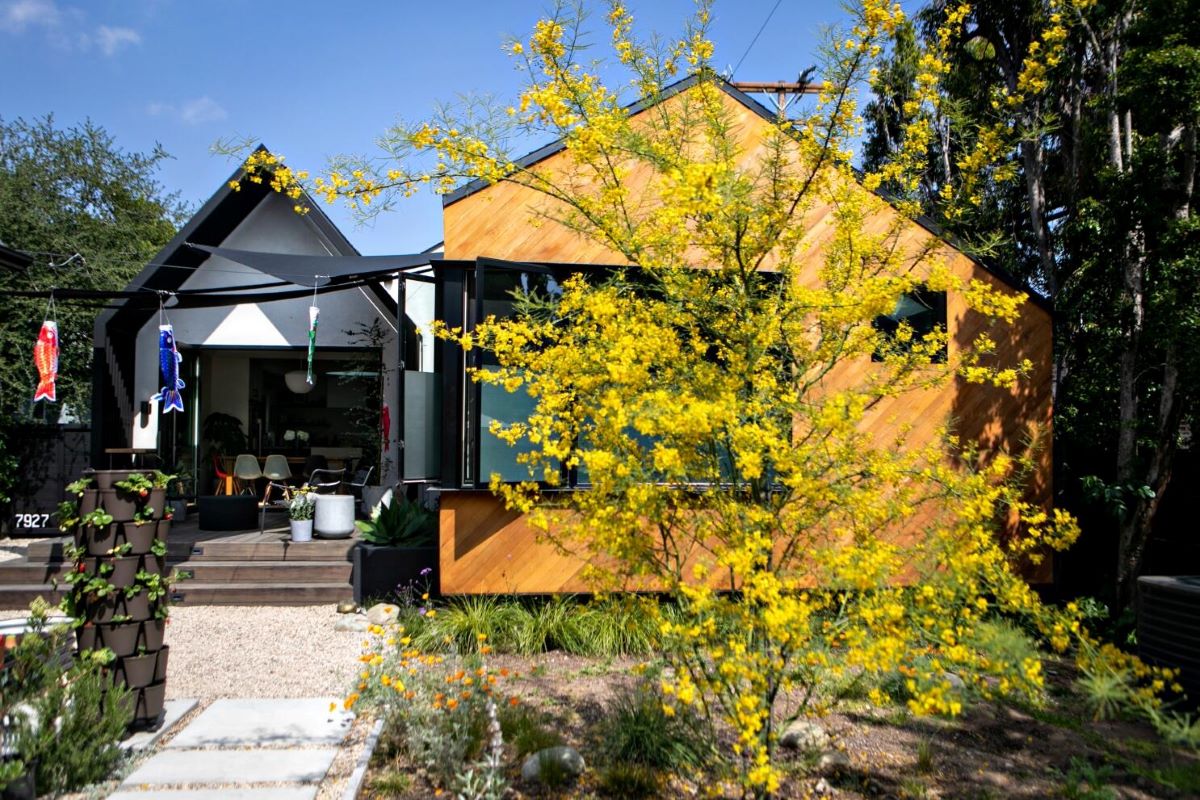
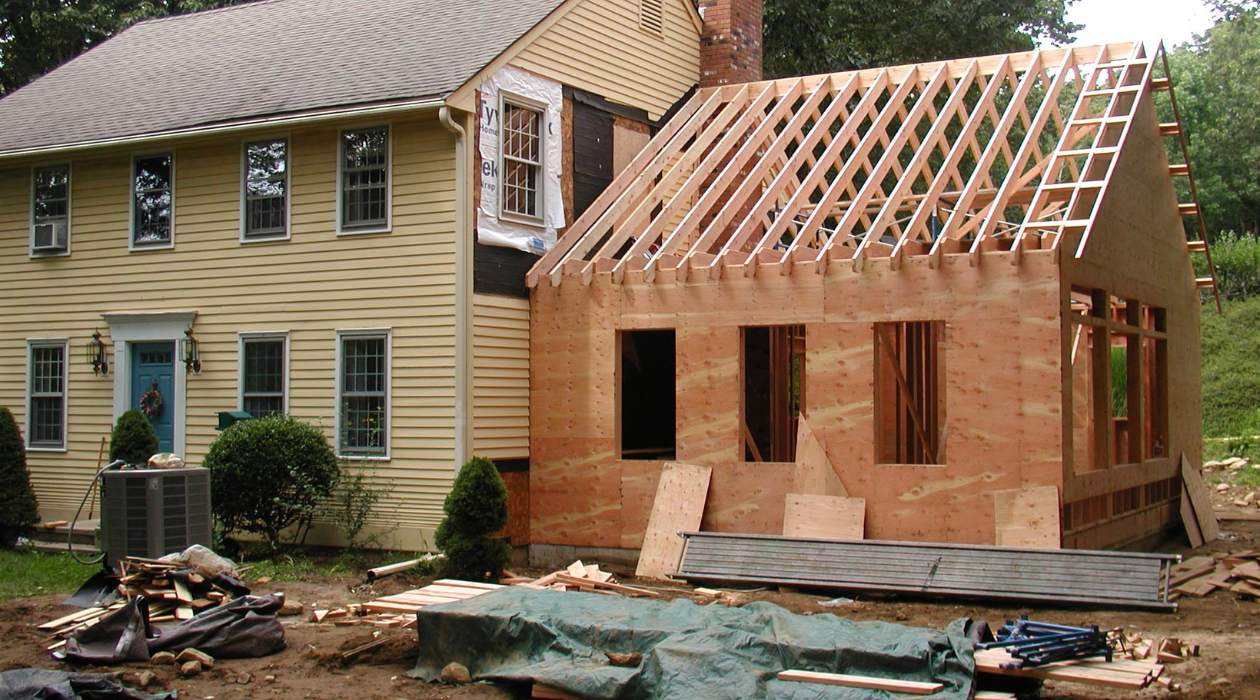

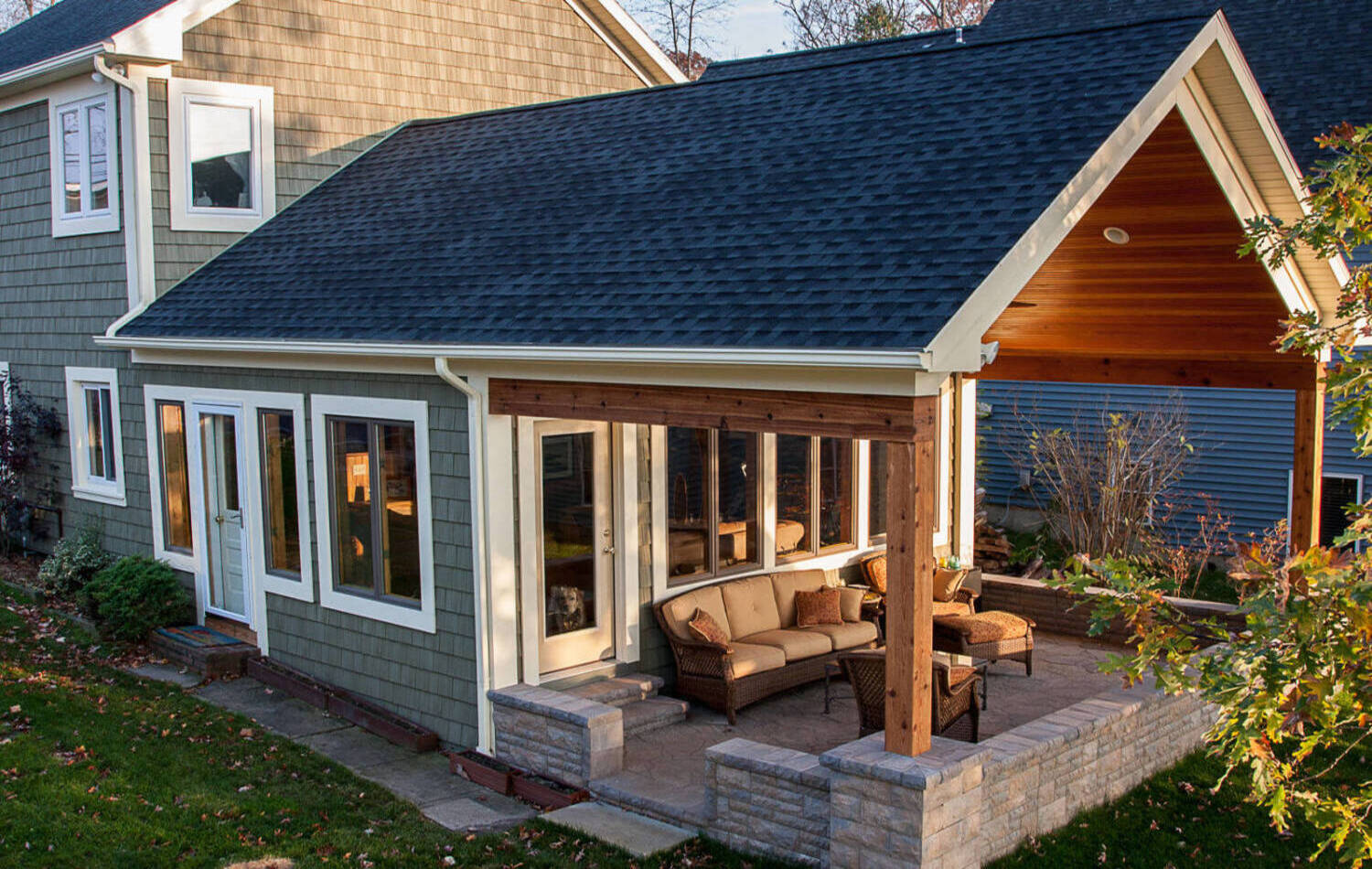
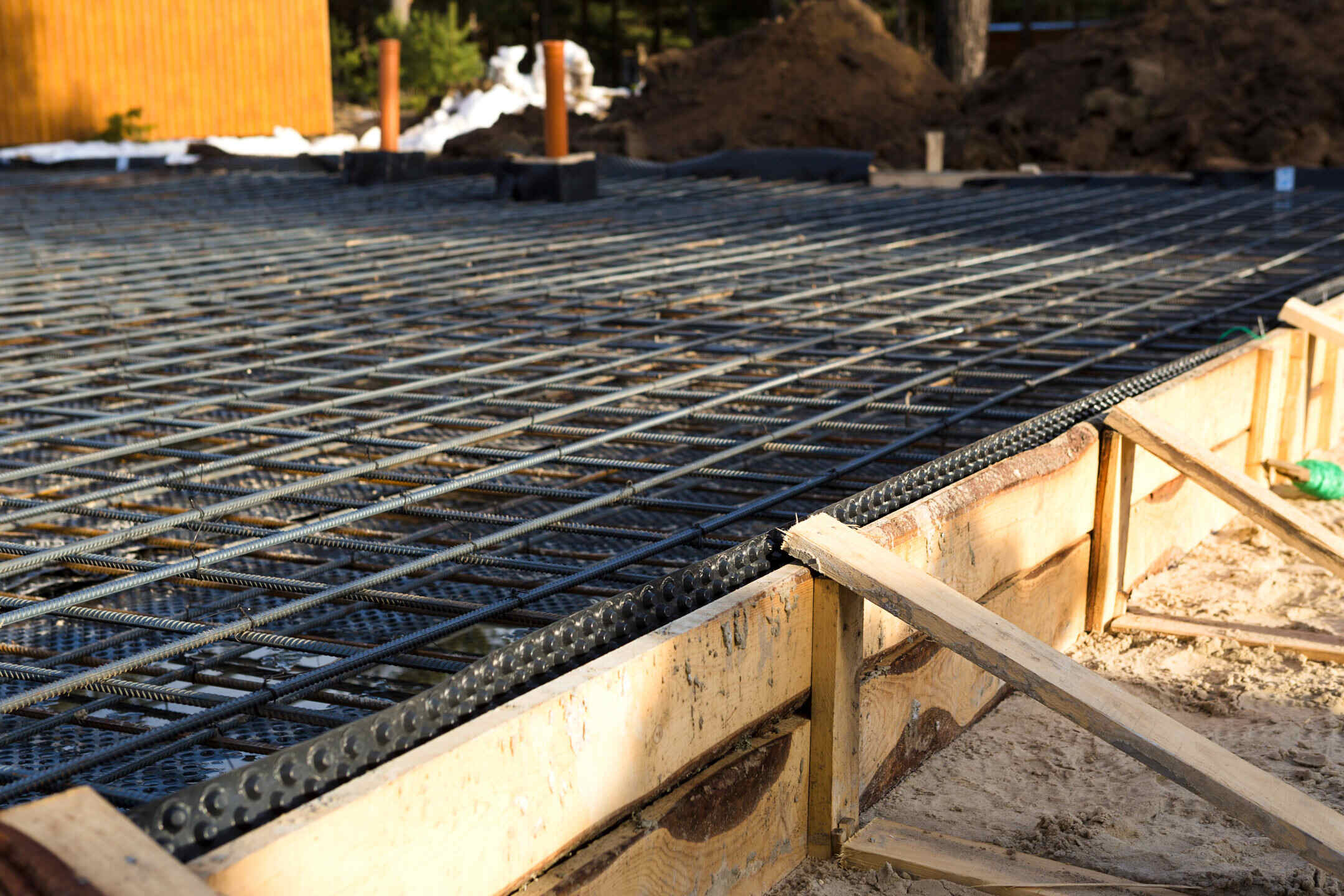




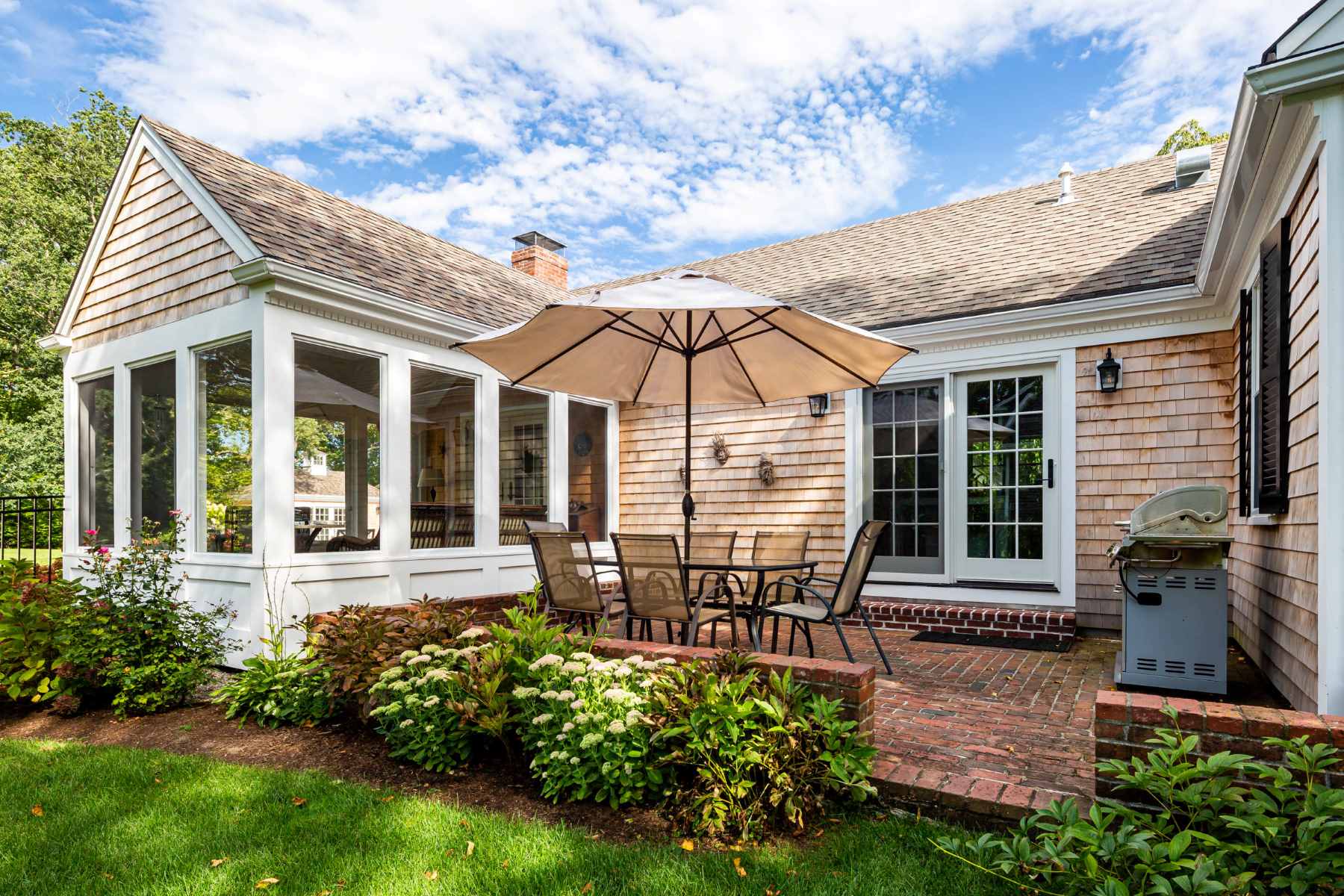


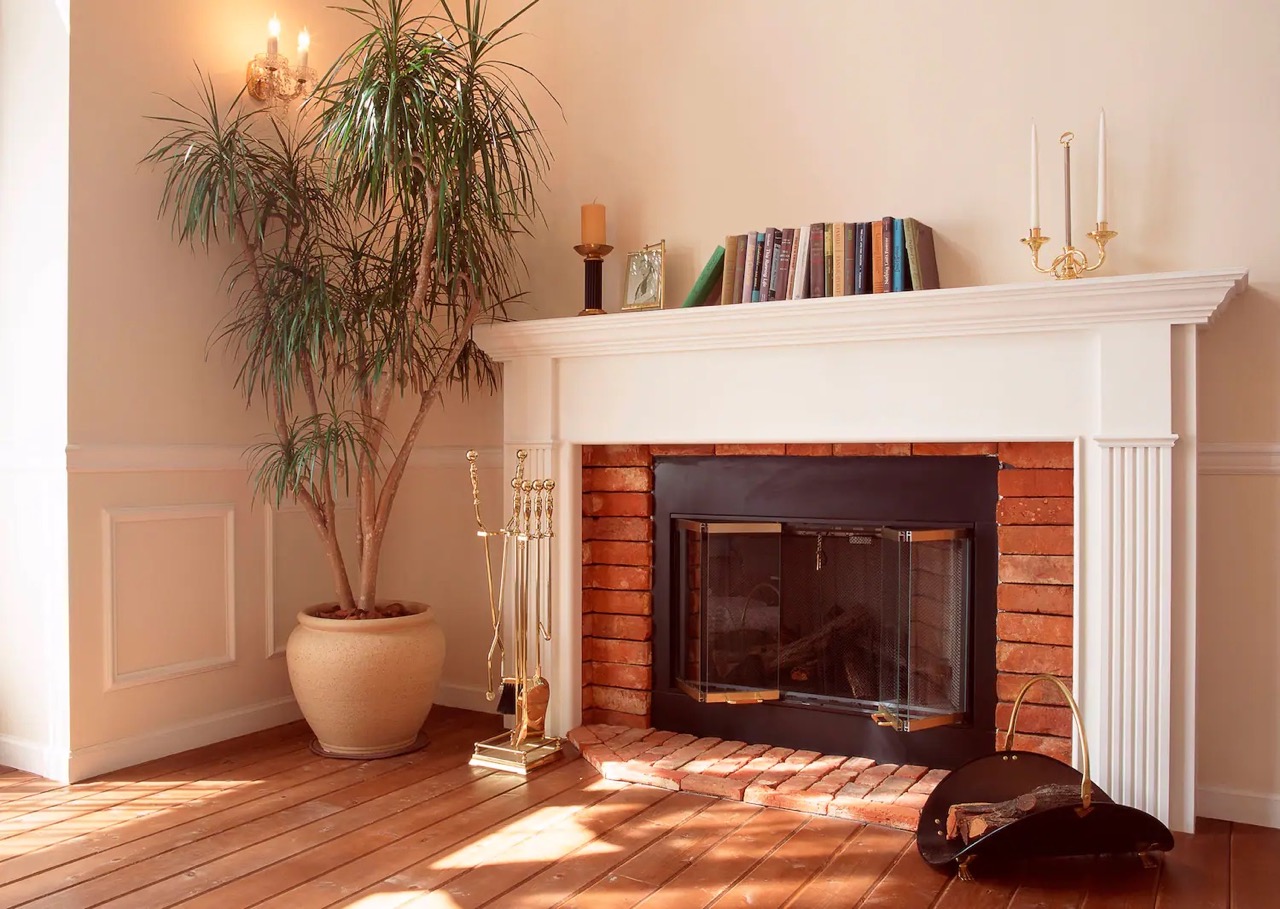

0 thoughts on “Real-Home Makeover: Home Addition”